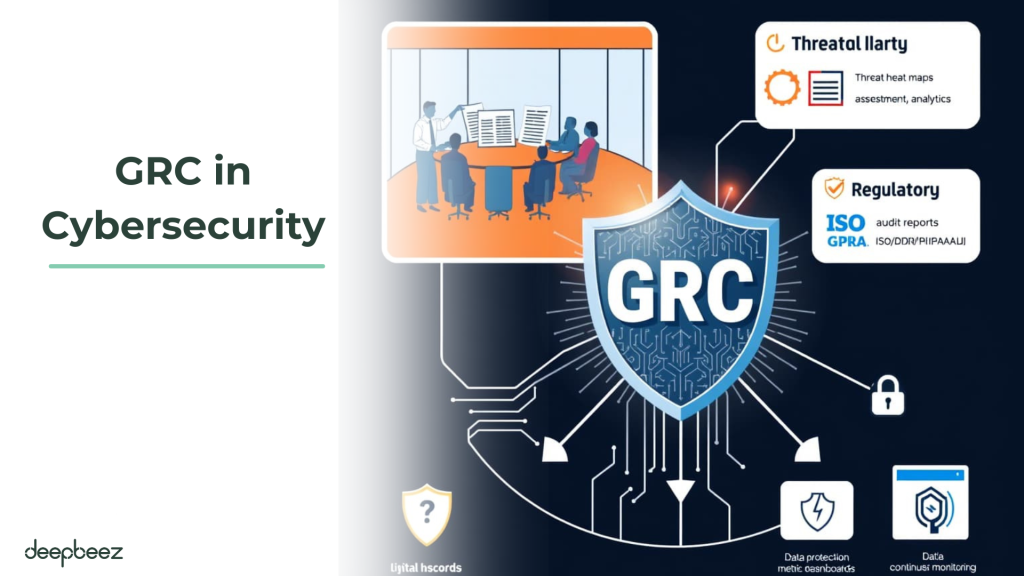If you’re running a small or medium-sized business, cybersecurity might seem like a complex maze of technical jargon and overwhelming requirements. But don’t worry—I’m here to simplify one of the most important frameworks you’ll need to know about: GRC in cybersecurity. GRC in cybersecurity provides a comprehensive framework that integrates governance, risk management, and compliance because there is significant overlap when comprehensively addressing digital threats.
Whether you’re just starting to think about your business’s digital security or looking to improve your existing systems, understanding GRC can make a world of difference. Just like calculating all the taxes and duties when importing or exporting products. Deepbeez customs duties calculator will help you along the way.
